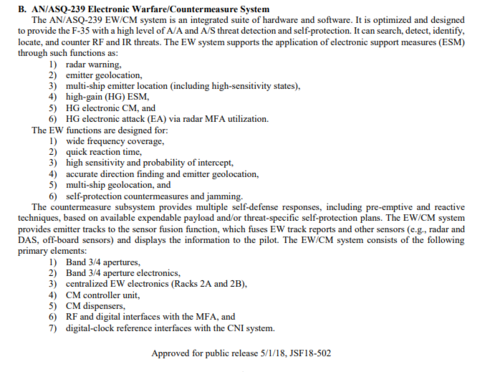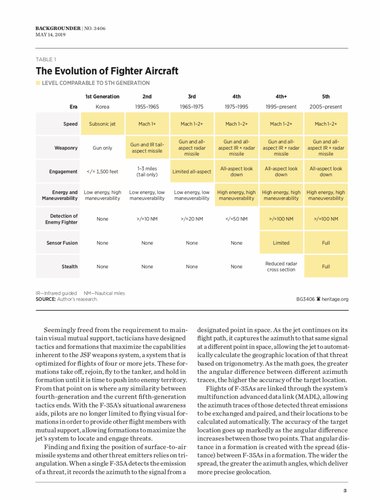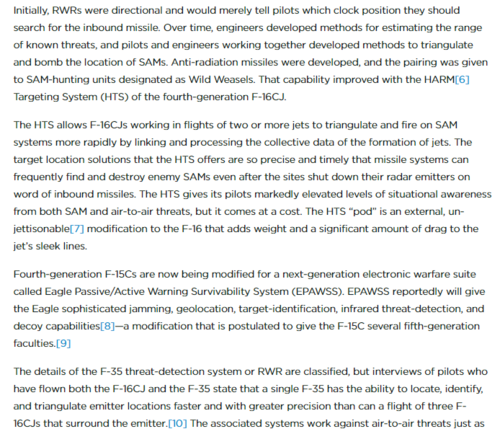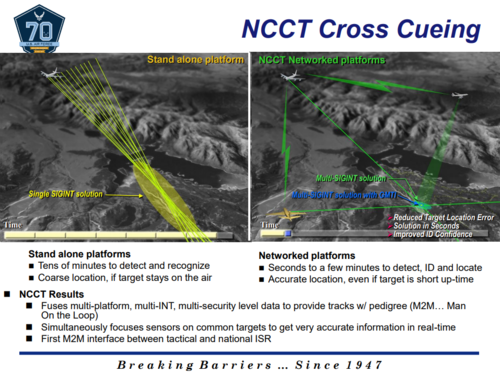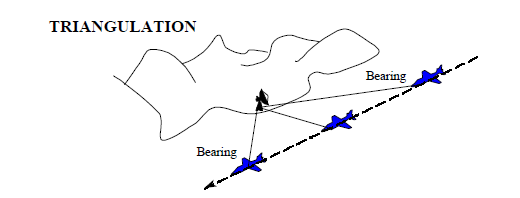.From what we know, a single F-35 can locate ground radar faster than 3 F-16CJ working together. But how fast can 3 F-16CJ working together find a radar? are they faster than RC-135 working alone? If 3 F-16CJ can triangulate threat faster than a single RC-135, that means F-35 can geolocate even faster than RC-135?. By contrast, if 3 F-16 are slower than a single RC-135, that means it will take them more than 20-30 minutes to geolocate radar with AN/ASQ-213?




